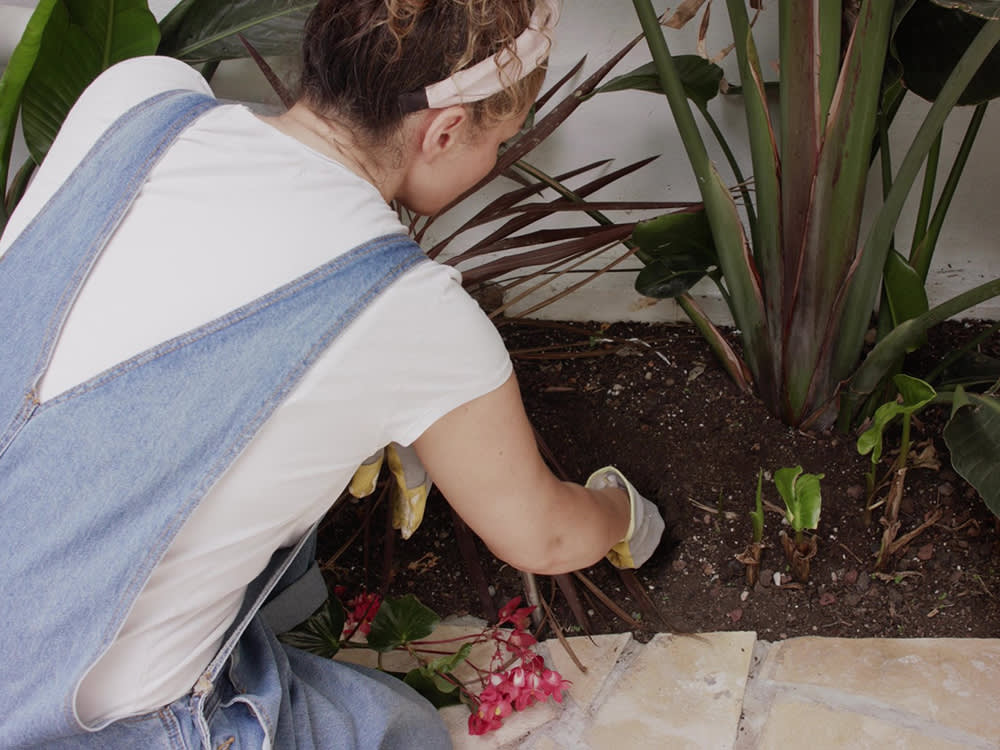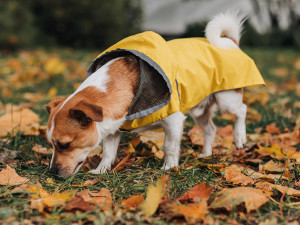How to Compost Your Pet’s Poo
Without getting grossed out
As a dog person, you probably think about dog poo more often than your dogless friends. But here’s a fun (OK, gross) fact you’ve probably never thought about: the average dog produces 340g of waste a day, which, with 12 million dogs in the UKopens in new tab is slightly more than one million tonnes between them per year. That’s a lot of poo.
If you want to reduce waste (and help the environment), consider making an in-ground pet-waste composter or dog-poo processor, which is actually a pretty straightforward project.
Get (totally free) deals for food, treats, accessories, tech and way more pet parenting must-haves.
These DIY dog waste composters divert dog poo (and the plastic from poo bags) away from landfills, and instead keep it in your own garden or outdoor space in an environmentally friendly way. Working similarly to a home septic system, they convert the waste to a liquid that leaches out into the subsoil. Here’s how to make your own at home.
How to make a DIY dog poo disposal system
What you’ll need:
plastic waste bin (with lid)
drill
rocks or gravel
spade or trowel for digging
optional: septic starter
Instructions:
Take an old plastic waste bin and drill a dozen or so holes in the sides.
Cut out the bottom of the bin. (A keyhole saw works great for this.)
Dig a hole in your soil deep enough to fit the waste bin.
Toss some rocks or gravel in the bottom of the hole for drainage and position the bin so it’s a little above ground level.
Place the lid on top. (You might want to write something like ‘Dog Waste Composter’ across the lid.)
Start scooping.
When you add poo to the bin, sprinkle in some septic starter (available at home improvement stores or Amazon) and add some water.
“Within 48 hours, the septic-tank starter (which is non-caustic and promotes natural bacterial growth) will have started working and you can add more dog poo,” explains Michael Levenston, executive director of the City Farmeropens in new tab programme in Vancouver, Canada, who provided these instructions.
“You can add to it daily,” adds Michael. “The waste biodegrades and flows into the subsoil.”
The holes drilled into the side of the bin help the fluid and gas exchange with the soil. Check in at least once a week to be sure the dog poo is composting cleanly and add more septic starter and water as needed.
For those less DIY-inclined, you can check out the Doggie Dooley 3000opens in new tab. The flip-top lid is a nice feature common to all of Doggie Dooley’s products.
It’s important to note that you should not use composted dog waste on vegetables and edible produce, as parasites and bacteria including E coli and salmonella can live on in dog waste and infest your crop, making it dangerous to eat. Stick to using your dog poo compost in non-food gardens like flower beds or trees and shrubs.
Composting in winter weather
During the colder months, your DIY dog poo composter will still work, but more slowly. The microorganisms that break down dog poo are less efficient in colder temperatures.
So, in winter, more frequent check-ins are required. If things seem to be slowing down, adding an extra dose of septic system treatment and water will encourage faster breakdown. Once spring arrives, the breakdown speed will begin to pick up again.
While burying a bin to compost dog waste might seem like overkill if you live near the woods or in a rural area, dealing with dog waste in an environmentally friendly manner is always a good thing.





